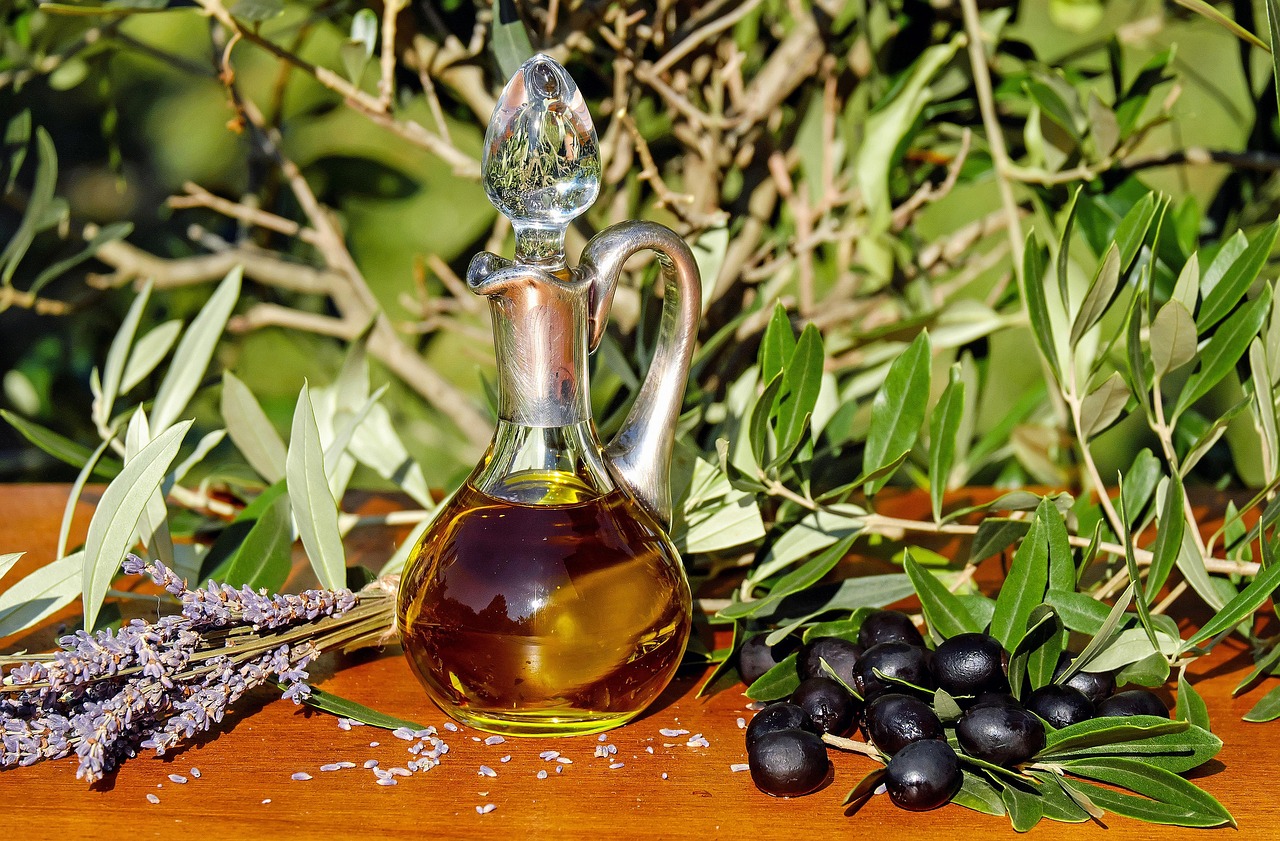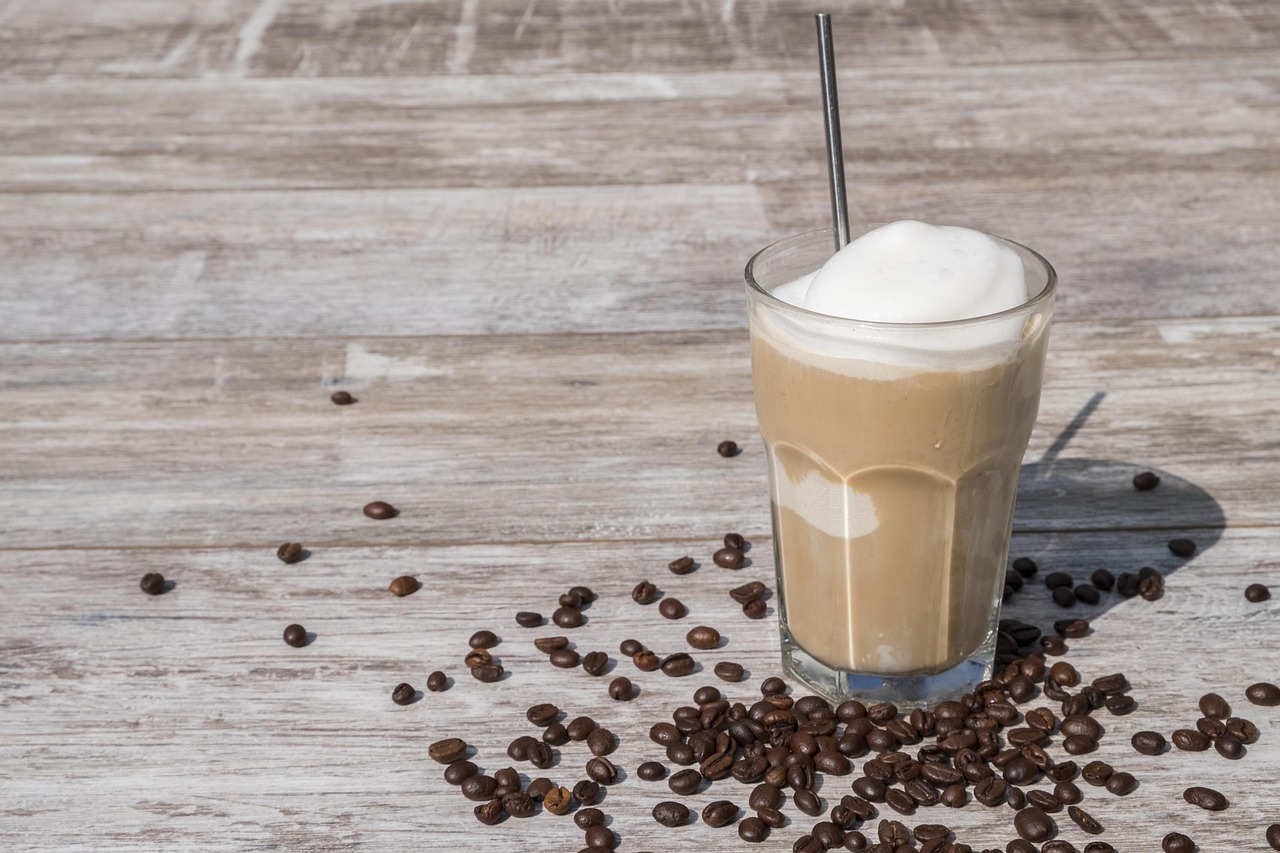Premium Extra Virgin Olive Oil

“The quality can make all the difference in the world,” says Kyle Taylor, a private chef in Atlanta. The difference between cheap and premium olive oil isn’t just about price – it’s about authenticity and flavor complexity. There’s evidence that inexpensive, high-volume products labeled “olive oil” aren’t even authentic extra virgin olive oil.
When shopping for olive oil, splurging doesn’t always mean buying the most expensive bottle. Look for darker tinted bottles to protect the oil from light, and check for notes of fruits or vegetables when you smell it. Chefs particularly favor brands like Kosterina’s line of EVOO for its “rich, fruity flavor and smooth finish,” according to New York City private chef Anca Toderic.
The investment pays off because you only need a small bottle since a little goes a long way. Drizzle it over salads, pastas or pizzas right before serving, or pour a little in a saucer as a dip for crusty bread. Remember that heat damages delicate olive oil, so save your premium bottle for finishing dishes rather than cooking.
High-Quality Butter

Butter might not immediately come to mind as a luxury item, but chefs stress: just buy the good butter! The spread is used in essentially every meal as either a core ingredient or topping, so it’s not an item to cheap out on. The difference between generic and artisanal butter can completely change your cooking game.
High-quality butter is typically rich in butterfat, has a deep yellow color from grass-fed cows and offers a complex, nuanced flavor. Cookbook author Lisa Steele recommends French butter like unsalted, hand-molded varieties from Rodolphe le Meunier, though a 9-ounce package can cost $15 or more in the U.S.
For more accessible options, chefs recommend selecting either Plugrà or trendy Irish butter brands like Kerrygold, or even Aldi’s competitively priced Countryside Creamery brand. These add richness, creaminess and umami to dishes, making the splurge worthwhile. The improvement in taste is immediately noticeable in everything from baked goods to simple toast.
Pure Vanilla Extract

Real vanilla extract is worth the splurge for its intense aroma and flavour. The difference between artificial vanilla flavoring and pure extract is like comparing a photocopy to an original painting. Vanilla flavor is an imitation flavoring that uses artificial ingredients to create its vanilla taste and smell.
Madagascar vanilla dominates the premium market for good reason. Madagascar produces superior-quality Bourbon vanilla beans known for their rich, creamy flavor and sweet aroma, supplying over 70% of the world’s vanilla. The country’s tropical climate and traditional cultivation methods create ideal growing conditions.
Top choices include Watkins’ Pure Vanilla Extract, Nielsen-Massey’s Madagascar Bourbon Pure Vanilla Extract, and Penzeys Spices Single-Strength Vanilla. For budget-conscious bakers, McCormick’s Pure Vanilla Extract offers good quality at a lower price point. With the global vanilla extract market valued at $5.3 billion in 2024 and growing, consumers increasingly seek clean-label products with natural ingredients.
Artisanal Salt

Salt ranks near the top of the splurge list for chef Tobias Cox. A great coarse salt brings more flavor to a dish compared to typical boxes of salt and has the power to drastically change both the look and texture of a meal. Not all salt is created equal, and upgrading this basic ingredient can elevate every dish you make.
Top suggestions include smoked Hawaiian sea salt or pink Himalayan rock salt. These specialty salts offer complex mineral profiles and unique flavors that table salt simply cannot match. The texture also plays a crucial role – coarser salts provide satisfying crunch and visual appeal when used as finishing touches.
The beauty of investing in good salt lies in its versatility. A small container lasts for months, and just a pinch can transform everything from grilled vegetables to chocolate desserts. The mineral complexity adds depth that enhances rather than overwhelms other flavors. Think of it as seasoning with intention rather than just adding sodium.
Quality Cheese

Like many chefs, cookbook author Lisa Steele loves pairing soup with grilled cheese, and her cheese of choice, Emmi Le Gruyère, can be found in major grocery chains like Target and Walmart for around $8.99. While nearly ten dollars might seem steep for cheese, the flavor payoff justifies the expense.
Premium cheeses offer complexity that processed varieties simply cannot match. Fresh figs are perfect additions to fall cheese boards, and they pair beautifully sliced in sandwiches with cream cheese or fresh mozzarella and a drizzle of balsamic vinegar. The right cheese can transform a simple snack into a sophisticated experience.
When selecting cheese, consider versatility alongside flavor. A good Gruyère works beautifully melted in gratins, grated over soups, or enjoyed on its own. Aged varieties develop deeper, more complex flavors that cheaper alternatives cannot replicate. The aging process concentrates flavors and creates the crystalline textures that make premium cheese so satisfying.





